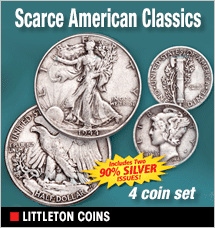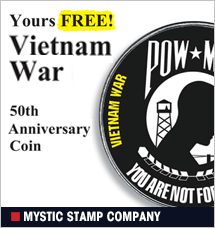
Samuel Clemens, who wrote under the pen name of Mark Twain, was once challenged to a duel in Virginia City, Nevada. Fortunately for lovers of good literature, it never happened.
The city sits atop a mountain surrounded by abandoned mine shafts, historic buildings, saloons and old churches. High in the Nevada sky, eagles and hawks fly, searching the desert for rabbits and other prey. They are not distracted from their mission by the sound of gunshots coming from Main Street as make-believe cowboys stage gunfights to entertain some of the two million tourists who visit Virginia City annually.
While some historians might refer to Virginia City as a ghost town – it has less than 1,000 permanent residents compared to a population of 25,000 in the 1870s – it is a thriving community where the Old West still lives and the spirit of Mark Twain prevails.
Once known as the wealthiest city in America – its economy helped finance the federal government during the Civil War – Virginia City is a colorful place that will leave a visitor with memories long after they leave the place.
The sidewalks on the downtown streets are made of wood. They take you past historic bars like the Bucket of Blood Saloon, the Red Dog, the Silver Queen, the Brass Rail Saloon and an opera house that once seated packed houses.
You can gamble in the saloons. There are slot machines, roulette wheels, dice and an occasional poker game. If gambling doesn't suit you, a visit to one of the museums might do the
trick. There you will find an old linotype machine and typewriter once used by Samuel Clemens who used Mark Twain as his pen name to write for the Territorial Enterprise from 1862 to 1864. The Enterprise was one of three newspapers that served the city during its heyday.
Located 35 miles southeast of Reno, Virginia City was just a stop in the high desert when two Irish miners discovered the Comstock Lode, a rich deposit of silver and gold near Mt. Davidson in 1859 The lode was so rich it produced more than $300 million in profits at a time when gold was selling for $10 an ounce and silver was going for slightly less.
The miners who profited from the Comstock Lode were Peter O'Riley, Patrick McLaughlin and Henry Comstock. In a short period of time, Virginia City became a boomtown, drawing thousands of gold seekers from England, Ireland, China and other parts of the world.
A German mining engineer named Philip Deidesheimer created a new timbering system that made the shafts safer for miners. He called it Square Sets and boasted that it was the safest
mining technology known to mankind. The shafts had safety cages, a safety clutch, and wire-woven rope.
To accommodate the miners and their families, the area was inundated by a building explosion. Brick houses, an opera house, four churches, and the 100-room International Hotel complete with an elevator, rose from the desert floor.
The Chinese miners not only searched for gold and silver. They built laundries and restaurants. Julia Bulette became a madam and opened an infamous whorehouse that served the needs of the miners. Today she is buried in one of the community's cemeteries and her grave has become one of Virginia City's tourist attractions.
While Samuel Clemens was reporting for the Enterprise, he wrote some articles that angered a rival editor and Clemens was challenged to a duel. While the duel never took place, Clemens was mugged and a $300 gold watch was stolen from him. The muggers turned out to be a couple of acquaintances and the watch was returned to him. Clemens wrote about the incident in his autobiographical book Roughing It, which became a best seller.
On October 26, 1875, a fire broke out in a boarding house known as Crazy Kate's. Because of the dry timber and high desert winds, the fire quickly spread. It became a roaring inferno that covered a square mile and burned down brick houses and other buildings. It even melted railroad car wheels. Fortunately nobody died in the blaze and within a year the city was rebuilt.
Today Virginia City is a National Historic Landmark. Some of the mines in the area are still producing gold. The Truckee River, which flows just a few miles away, is a popular attraction for prospectors. Another attraction is the Mustang Ranch, a legal brothel that is less than a 30-minute drive from the community.
The town has several bed and breakfast facilities as well as fine and casual dining, including the B Street House Bed and Breakfast (formerly the Henry Piper Home), the Edith Palmer Country Inn and Core Restaurant, and the 1876 Cobb Manson.
Another popular tourist stop is the Silver Queen Hotel and Wedding Chapel. The establishment contains the photo of a woman's dress that was made entirely out of silver dollars.
By 1879, the deposits of gold and silver ore had largely been depleted and Virginia City began its decline. People began drifting away, moving to Reno or San Francisco. A city that once roared became a mouse and slid into history after making a major mark on America.
Geno Lawrenzi Jr. is an international journalist who has worked in many parts of the United States as well as the Caribbean on newspapers and magazines. Contact him at This email address is being protected from spambots. You need JavaScript enabled to view it. .



























































